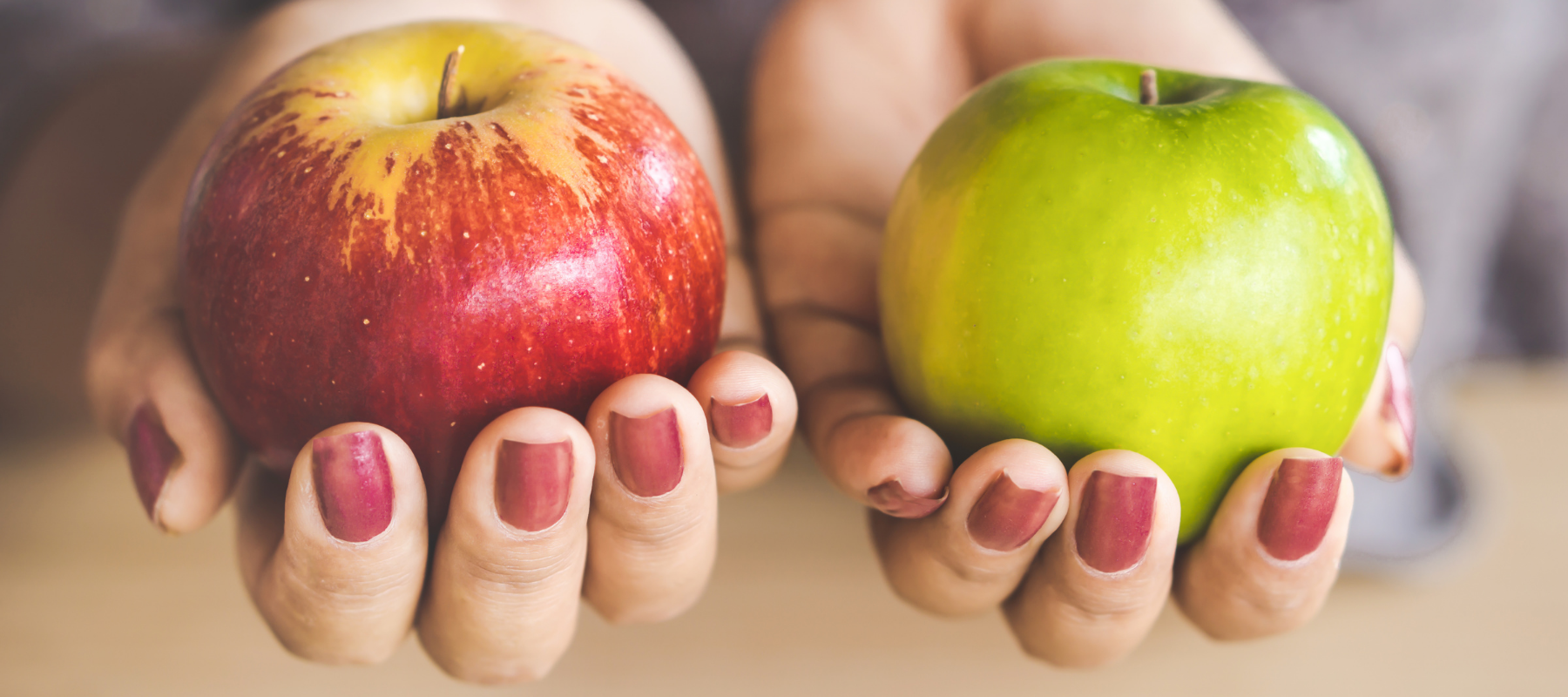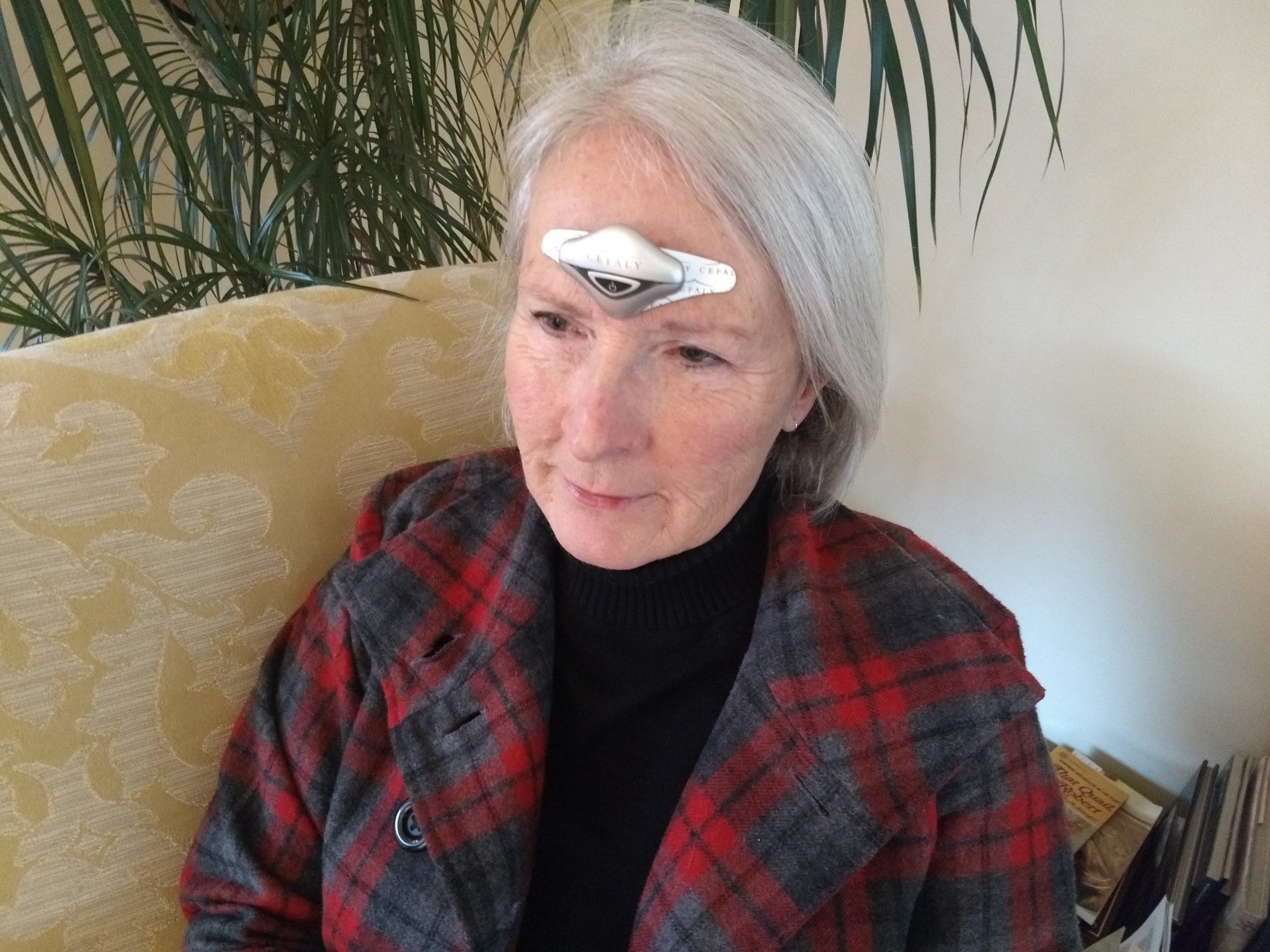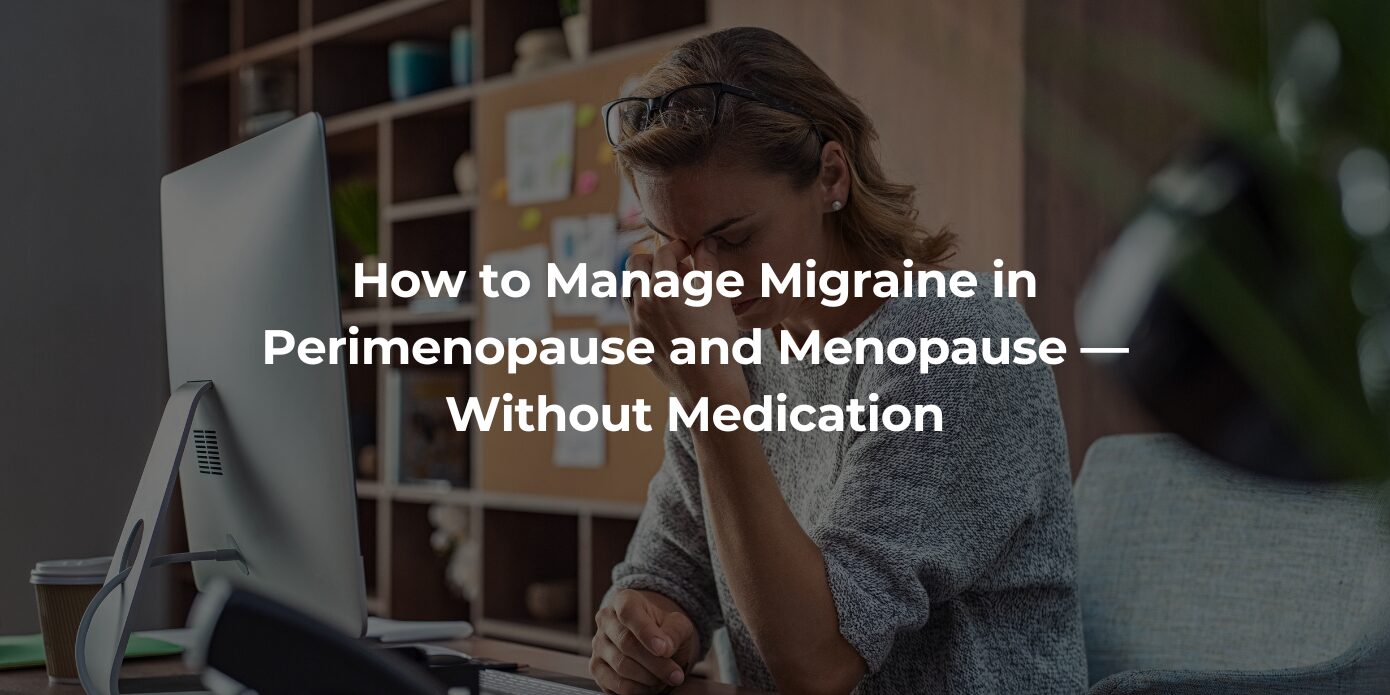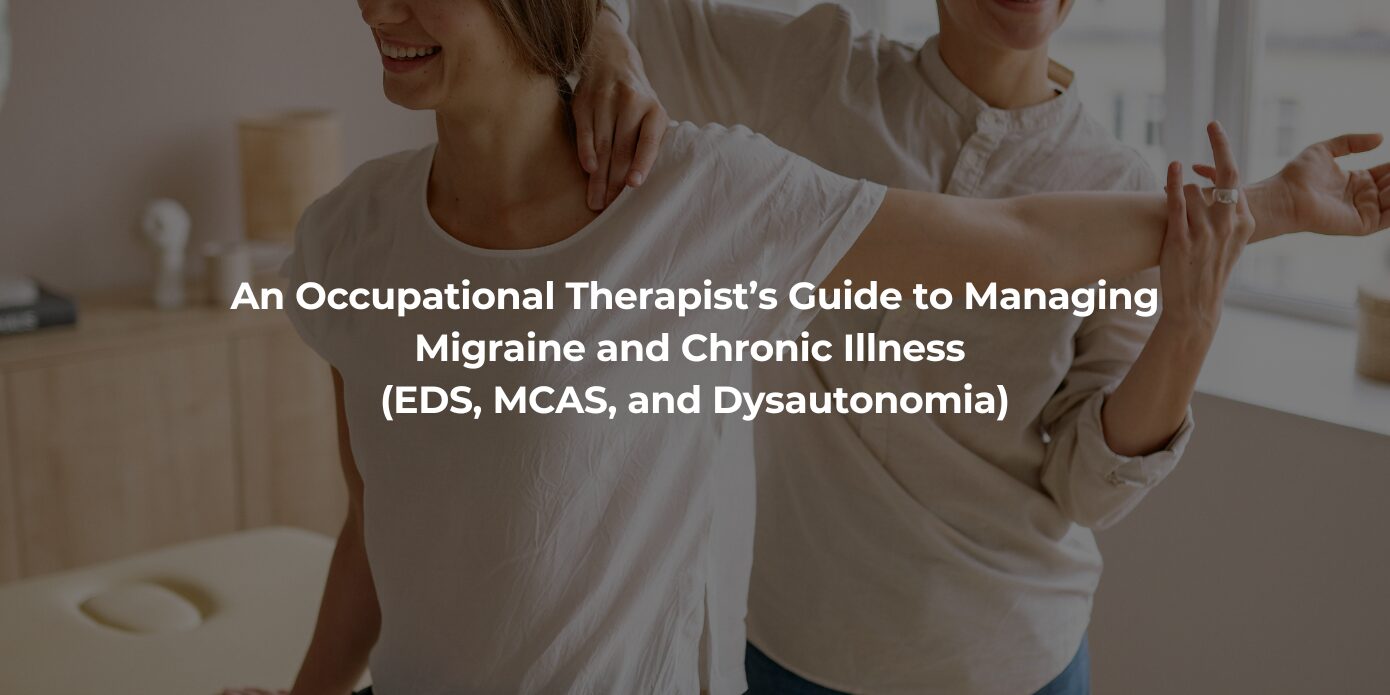By Dr. Karen Williams, DNP, FNP-BC, AQH, FAANP
In decades of treating patients with migraine, I saw so many women who didn’t fully understand the condition, or who believed they just had to live with the pain. I want to tell every woman who lives with migraine that things can get better. The first step is educating yourself about migraine and all the treatment options out there. Here are the crucial things to learn.
1. Migraine is so much more than a headache.
It’s a whole-body attack, and it may start the day before the migraine. You may get some warning signs: maybe some food cravings, or feeling really hyper, or not feeling so well. That’s the prodrome time. During the actual onset of migraine, you can have:
- Sensitivity to noise and light
- Feeling dizzy or off balance
- Issues with memory and not being able to fully concentrate or stay focused
- GI symptoms, such as nausea and/or vomiting
- Severe headache, which is usually felt on one side. The pain is typically throbbing or pulsating.
- Movement or any exertion increasing the headache and other symptoms
If your headache includes 2 of these 3 symptoms — sensitivity to light, impairment in movement, nausea — then there is a 93% chance your headache is migraine. If it’s untreated, a migraine may last from four to 72 hours.
2. Women who live with migraine shouldn’t suffer in silence.
Women are really good at saying, “Oh, it’s just a headache.” It’s not just a headache. It’s so much more. And even after the migraine’s done, you can have a period afterwards where you just feel not right, or kind of hungover for a while.
Women who have more chronic migraines can start to worry about when the next one’s going to start. And so they’ve got this constant worry: “I’m not going to be able to help the kids,” or “I’m not going to be able to go to this special event,” or “I’ve got this big thing at work.” Anxiety in itself is a contributing factor to migraines.
If you live with migraine, seeking help is important. There are so many options for treatment — start by talking with your primary care provider.
Get Drug-Free Migraine Relief With CEFALY
Shop Now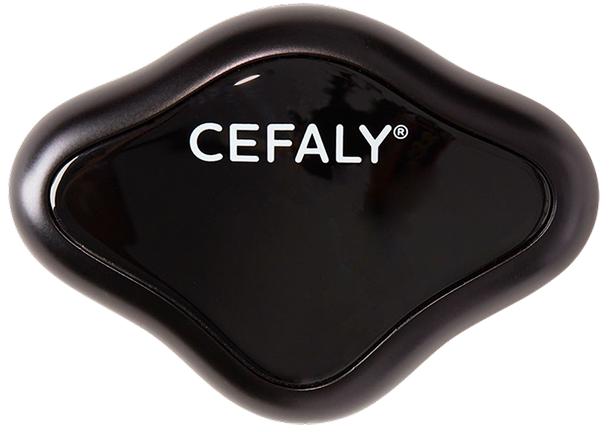
90-day money back guarantee
FDA-cleared
financing available
3. For women, migraine is affected by hormones in different phases of life.
Migraine occurs about equally in boys and girls at a rate of about 7%, or 1 in 11 children. It increases dramatically in adolescent females to about 1 in 5, due to the onset of the menstrual cycle and the fluctuations of estrogen. There is a percentage of women who notice more migraine attacks as they ovulate, but the most common migraine trigger is when the menstrual cycle begins.
The incidence of migraine peaks at about 28% of women between the ages of 30 and 39, but it still stays pretty high in women between 40 and 49. Then it slowly goes down as women start getting into menopause. However, women can also have an uptick in migraine attacks during that perimenopausal period, because of fluctuations in estrogen levels.
Migraine symptoms can change over your lifetime as well. As a child, I would have nausea and vomiting and a very mild headache. Now at this age, I get more of the aura and less of the headache. If you notice symptoms changing, you should get reevaluated and make sure nothing else is going on, especially if you are having a new or different type of headache or different symptoms.
4. Birth control can be risky for women who have migraine with aura.
Some women have aura with their migraine. The most typical one is a visual aura with flashing lights or a blind spot in your vision. For those women, hormonal birth control may increase the chance of stroke and myocardial infarction, or heart attack. Talk to your healthcare provider about safer options for birth control, such as low-dose estrogen, a progestin-only pill or IUD, or a non-hormonal IUD. Additional strategies to reduce your risk include not using or quitting tobacco products, limiting alcohol consumption, engaging in some type of exercise, and eating a healthy diet.
5. Your life goals should guide your migraine treatment.
When I saw patients at the VA, instead of asking “What’s the matter with you?” I asked, “What matters to you?” Start with that.
It could be that you want to spend more time with your children, or you have a big work project, or you want to graduate from school on time, or you want to be able to go to the grocery store, or you just want to have a day without a headache.
6. Keeping a migraine calendar or journal can help you get the right medical care.
In this day and age, healthcare providers are really busy. If you bring with you the information they need, we can speed up the process and get you treatments more quickly. Use an app, a calendar, or a notebook to track your migraine episodes, with specifics about the actual migraine itself.
- What does it feel like when it starts?
- Where does it occur?
- How long does it last and what are those other symptoms?
- Are you actually throwing up, or are you just nauseous?
- Is it difficult to concentrate?
- Do you have visual changes?
- Do you have other sensory changes?
- What treatments did you try? Did they work?
I’ve had a few patients who didn’t want to keep a headache calendar because they didn’t want to be reminded about how many migraine attacks they had. I understand that, but if you can at least start with a journal, it really helps your healthcare provider.
7. Medication is not the only option for migraine prevention.
Other effective elements of a migraine prevention plan include:
- Sleep: Sleep is restorative — not only for migraine, but for every other thing that ails you. If you have trouble sleeping, try some light exercise or stretching before bedtime. Don’t keep the TV on or watch anything on your phone, because the blue light can keep you awake. Some people write down a worry list before they go to sleep. Neuromodulation devices also can help you go to sleep.
- Healthy diet: Ultra-processed food is not good for anybody, and there’s more and more information coming out on how that affects the gut, which affects the brain. As far as a healthy diet for migraine, I have never heard a bad report on the Mediterranean diet, with lean protein and plenty of fresh fruits and vegetables.
A migraine diet that eliminates trigger foods can be helpful if you identify the foods that can increase your chances of a migraine. However, food may not be the only factor. The migraine brain is more sensitive, and often a combination of factors will add to the possibility of a migraine. For example, eating a piece of chocolate may not bring on an attack; but if you add in a change in the barometric pressure, plus you did not sleep well and you are about to start your menstrual cycle, that chocolate may be a trigger.
- Hydration: Make sure you’re drinking enough water, especially as you get into the summer months. For every cup of coffee, you should have a glass of water. Increasing water and reducing or not drinking carbonated beverages is helpful, along with staying away from artificial sweeteners. Some artificial sweeteners actually increase the possibility of a migraine, others have other health concerns.
- Magnesium: I typically recommend patients take 400 to 600 mg of magnesium in the evening (separately from other medication, because it can reduce absorption). Magnesium may also help you sleep. Too much magnesium can cause diarrhea, however, and a chelated form is tolerated better.
- Vitamin B2: Also called riboflavin, vitamin B2 has been shown to help prevent migraine attacks. I recommend 2 100mg tablets of vitamin B2, taken twice per day.
- Exercise: Start with as little as 15 minutes of stretching two days a week. You’ll realize how good that feels. Taking a walk in the evening or dancing in your house — some sort of exercise is really, really important.
- Relaxation techniques: You can reduce stress simply by taking big, deep, belly breaths. Try the 4-7-8 technique, where you breathe in for 4 seconds, hold it for 7 seconds and then breathe out for 8 seconds. There’s another method called square breathing, where you breathe in for 4, hold for 4, breathe out for 4, and hold for 4. Additional ways to reduce stress may come from a psychologist who is trained in cognitive behavioral therapy or other types of relaxation techniques.
- Acupuncture and acupressure: Acupuncture has been shown to be helpful for both prevention and for acute migraines. There are also some acupressure points that may be helpful at the time of the migraine attack.
- Neuromodulation: Neuromodulation devices may be helpful as part of the treatment plan. It is hard to tell which device will work for each person, so I would recommend trying the device first to make sure it is right for the patient.
Talk to your healthcare provider before taking supplements for migraine or changing your migraine prevention routine. Your ideal routine will most likely be a combination of treatments, depending on your individual needs, and it may take several trials to find the right combination. Do not give up! Keep working with your healthcare provider, letting them know what is working and what is not working.
Having trouble sticking to a routine? Stay motivated by writing down your daily habits.
8. If you live with migraine, there’s help out there.
It can be hard to seek help when you’re just overwhelmed, but reach out. Even if it’s just a telehealth appointment at first, to say, “I have these headaches, I just feel crummy all the time.” There are people out there who want to help. You don’t have to do it alone.
And there is hope. When I first started in neurology in 2000, there were few options for help with prevention and triptans were the new treatment for the onset of a migraine. However, not everyone can safely take a triptan, and for some the triptan does not work, or the side effects are worse than the migraine. Now, there’s so much more evidence on what works and what can make your life better.

